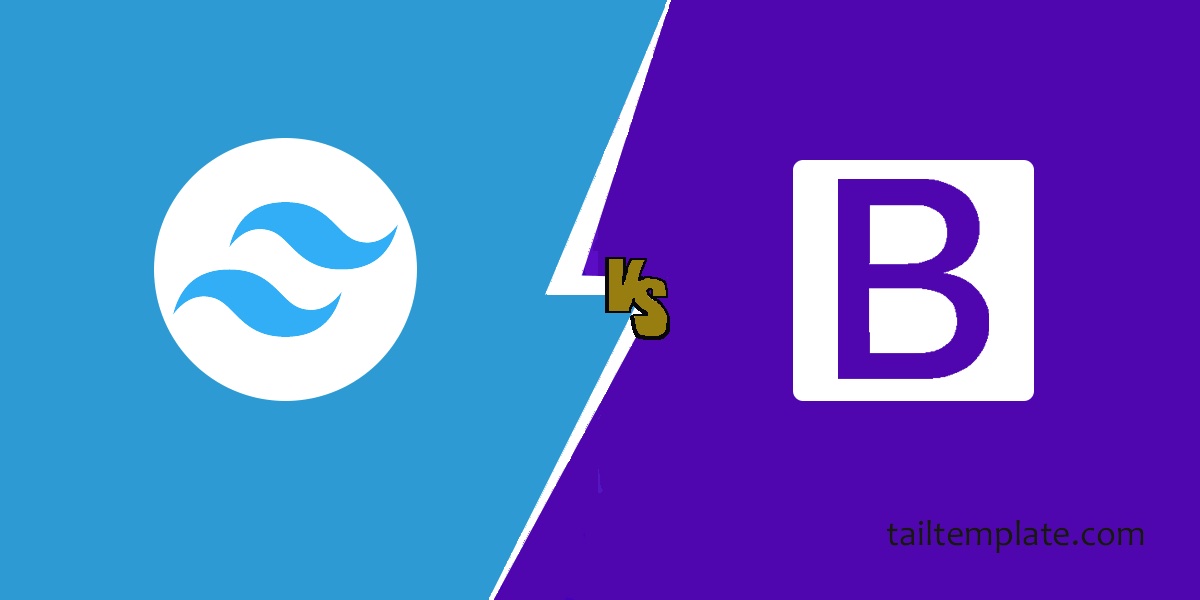Whats The Difference Between Bootstrap And Tailwind Css
By TailTemplate Team
What's the Difference Between Bootstrap and Tailwind CSS?

To choose the right framework for your next project, it is important to understand the differences between Bootstrap and Tailwind CSS. You'll learn the differences between their Component models, Colors, and more. Once you understand the benefits and drawbacks of both frameworks, it is easier to choose the right one for your project. If you're new to CSS or Bootstrap, start by reading the following best practices:
Tailwind CSS
There are several differences between Tailwind CSS and Bootstrap CSS. Both frameworks are open-source and are designed for utility and responsive mobile web development. Bootstrap provides HTML, CSS, and JavaScript design templates for a variety of interface components. They also use the same set of tools for building websites. To make your design process easier, Tailwind CSS has a utility-first framework. You can use it like regular CSS, but it includes a number of new features.
Bootstrap
The debate over Tailwind CSS vs Bootstrap is not based on which framework is better. While both frameworks offer a lot of similarity, the main difference is the degree of customization you can do with them. Tailwind is much more flexible and allows you to add prefixes and utility classes to your CSS files, while Bootstrap is not flexible enough. Here are the pros and cons of each framework.
Component model
If you're considering switching from HTML to CSS for your next project, you may be wondering whether you should use Bootstrap or Tailwind. While both frameworks are powerful design tools, Bootstrap is easier to learn and use, while Tailwind is built with styling elements in mind. You can even use your favorite CSS editor to style your sites with Tailwind, which means less work for you! And you can use the same framework to make responsive websites.
Colors
A quick comparison of the two popular frameworks shows that Tailwind CSS is relatively new and the community behind it is growing. Both frameworks are relatively lightweight and require only a single, 27KB base stylesheet file. The most popular examples of websites using Tailwind include BlaBlaCar, Exyplis, and Bazzite. Bootstrap, on the other hand, has pre-styled responsive components and an established UI kit. Bootstrap-based websites tend to have a streamlined look and feel, and are known to be responsive and error-free.
Layout
Despite their similarities, there are significant differences between the Bootstrap layout and Tailwind CSS layout. Bootstrap is a popular framework that pre-styles most fundamental HTML elements, such as links, forms, and buttons. Tailwinds, on the other hand, have many more classes and customization options than Bootstrap. You also won't have to touch the css file, making it a good choice for designers.